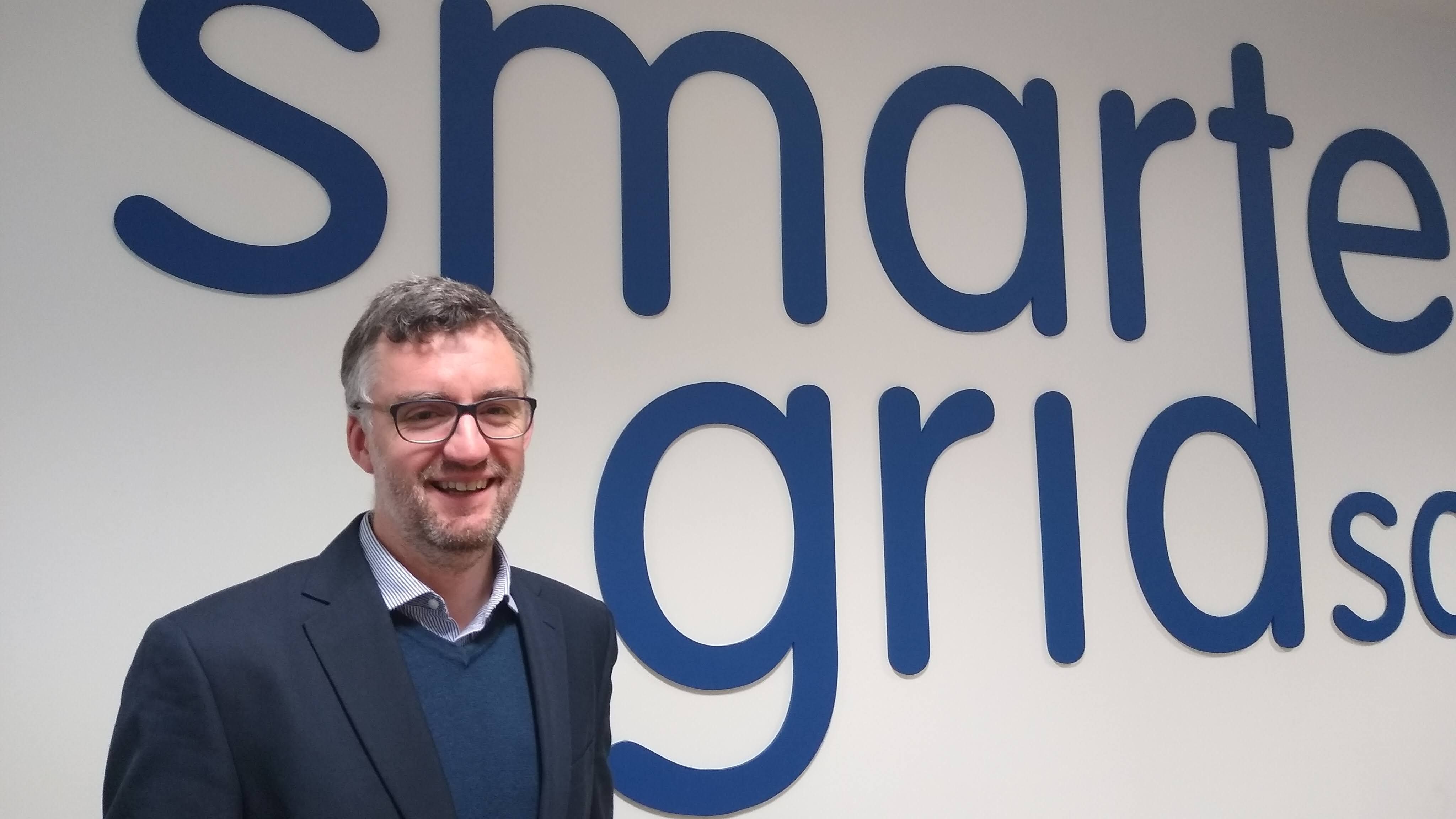Smarter Grid Solutions tackles flexibility from clean energy assets with launch of ANM Strata 3.1
Energy software specialist Smarter Grid Solutions (SGS) has responded to the growing demand for grid flexibility with the release of ANM Strata 3.1, the latest development of its flagship distributed energy resources management system (DERMS) product.
The product launch comes at a time when changing energy use caused by national lockdowns has highlighted the need for more flexibility from distributed energy resources (DERs).
Currently, the UK’s flexibility market is underdeveloped, meaning it is difficult for the grid to respond quickly to unexpected changes in energy consumption. Between March and July 2020, it cost National Grid ESO an unprecedented £718 million to balance supply and demand, revealing the vulnerabilities of a system which is not agile enough for the changing energy landscape.
The new version of SGS’ DERMS software will make it quicker and easier for utilities and DER asset fleet operators to deliver flexibility services. Thanks to enhanced cloud deployment capabilities, the product can be rolled out to a wider range of clean energy operators, including those managing resources in electric heating and cooling, renewable generation, energy storage and smart EV charging infrastructure. These capabilities, which allow cloud-based dispatch of grid flexibility services, have already been tested with UK distribution utilities.
As part of the emphasis on improving flexibility services, the new product has been reconfigured to facilitate more targeted control of different kinds of DERs. Dispatch instructions can now be allocated according to the type of DER unit as well as the level of flexibility required. Such capabilities give users the option to develop new aggregated flexibility services to maximise the value of their fleets within virtual power plant (VPP) and other aggregated market services applications.
In addition, the core product application for real-time control of DERs has been upgraded to offer dynamic system configuration in-flight. This will allow precise instructions to be sent to individual DER units to specify the exact amount of power increment or decrement needed. The system has also been equipped to enable easier configuration of fail-to-safe functions. The high-level precision built into these features is designed to optimise the control of assets and make it easier to manage flexibility and keep the grid within its limits.

Euan Davidson, Chief Technology Officer at SGS, said: “ANM Strata 3.1 is our answer to the high demand for more flexibility in the energy market. We need solutions to manage rapid changes in supply and demand quickly and effectively and the updates we have made to our software are designed to achieve exactly that.
“This new version gives utilities and DER operators a very high level of control over their distributed energy assets, allowing for precisely targeted instructions to be sent to individual units to increase or decrease power output, delivering exactly what’s required from each one. Having such granular control will allow users to extract value from resources when demand is high and avoid unnecessary waste of energy when it is low. Improving the flexibility of clean energy resources will not only boost the viability and economic case of the net-zero future, but will build much needed resilience into the electricity grid.”
Strata 3.1 will support the integration of a larger number of clean energy assets to power grids, whilst improving the resilience of decentralised energy systems. Such capabilities can help energy users, developers and operating companies, as well as whole countries, meet their commitments under the Paris Agreement and ahead of the United Nations’ COP26 summit taking place in Glasgow in November.
Other enhancements include:
• improved management of energy storage data enabling more battery use cases to be delivered, including optimised scheduling and value stacking;
• improved application of the OpenADR standard for behind-the-meter, aggregated demand response;
• power factor dispatch capability for a wider range of reactive power and voltage control applications;
• improvements for heavy real-time data transfers to boost system reliability and scalability;
• improved user interface, with new widgets and greater control over the dashboard;
• upgrades to the capture and storage of data to enable dynamic processing of information without interruption of services.


Leave a Comment